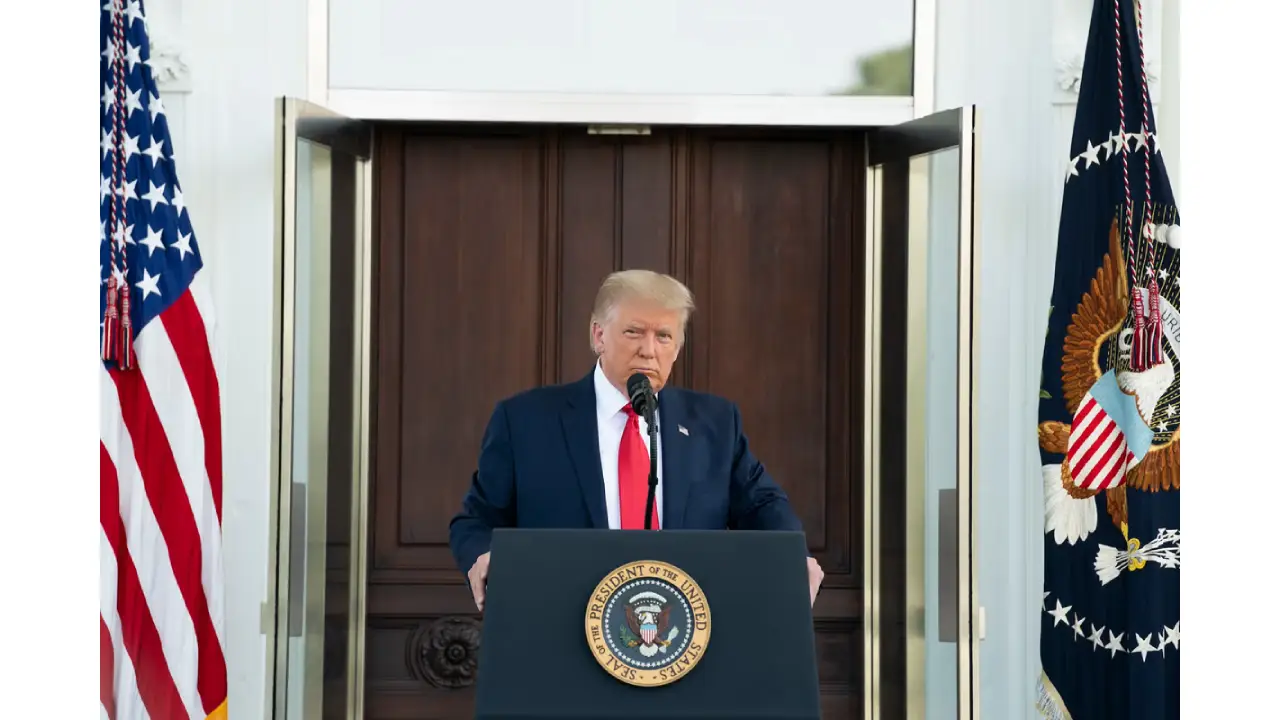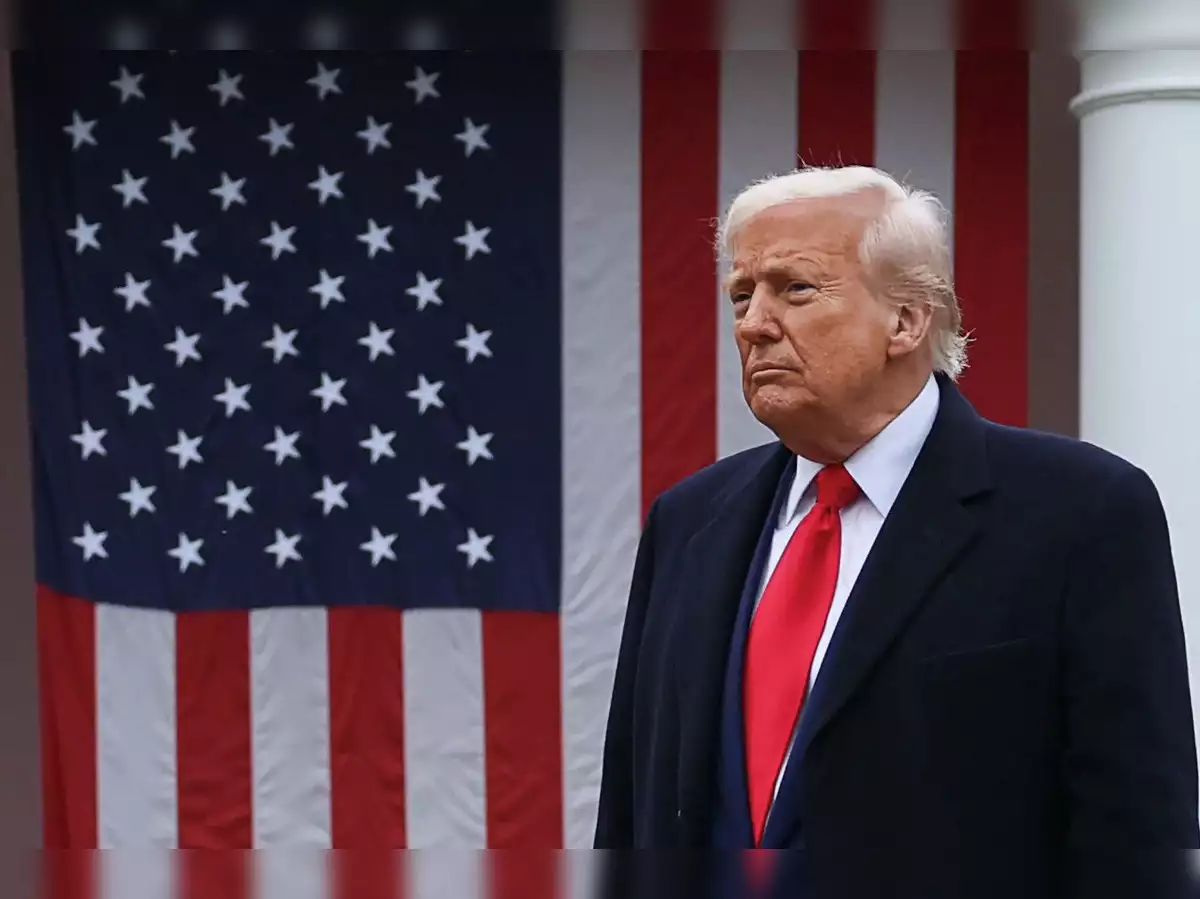Investigating Trump’s Tariff Charges: A Deep Dive into Trade Policies and Economic Impact
Introduction
During his presidency (2017–2021), Donald Trump implemented a series of aggressive tariff policies aimed at protecting American industries, reducing trade deficits, and pressuring trading partners to renegotiate deals. These tariffs were a cornerstone of his “America First” economic agenda but sparked controversy among economists, businesses, and foreign governments. This article explores the key aspects of Trump’s tariff charges, their intended goals, economic consequences, and long-term effects.
Background: What Were Trump’s Tariffs?
Tariffs are taxes imposed on imported goods, making foreign products more expensive and theoretically encouraging consumers to buy domestically produced alternatives. The Trump administration justified tariffs as necessary to:
- Protect U.S. industries (especially steel and aluminum) from “unfair” foreign competition.
- Address trade imbalances, particularly with China.
- Force trading partners to renegotiate agreements like NAFTA (replaced by the USMCA).
Key Tariff Actions Under Trump
- Steel and Aluminum Tariffs (2018)
- 25% on steel imports, 10% on aluminum imports (applied globally, including allies like Canada and the EU).
- Justified under Section 232 of the Trade Expansion Act of 1962, citing national security concerns.
- Retaliatory tariffs from affected countries followed, targeting U.S. agricultural and manufacturing goods.
- China Tariffs (2018–2019) – The Trade War
- Multiple rounds of tariffs under Section 301 of the Trade Act of 1974, targeting $370 billion worth of Chinese goods.
- Rates ranged from 10% to 25%, affecting electronics, machinery, and consumer goods.
- China retaliated with tariffs on U.S. soybeans, automobiles, and other exports.
- The Phase One Trade Deal (2020) temporarily eased tensions but left many tariffs in place.
- Other Targeted Tariffs
- Washing machines and solar panels (2018) – Early tariffs aimed at protecting U.S. manufacturers.
- European Union goods (2019–2020) – Tariffs on wine, cheese, and aircraft in response to Airbus subsidies.
Intended vs. Actual Outcomes
What Trump Promised
- Revival of U.S. manufacturing jobs.
- Reduced trade deficits.
- Stronger negotiating leverage with China and other nations.
What Actually Happened
- Mixed Impact on Jobs & Industries
- Some steel and aluminum producers saw short-term benefits.
- However, industries reliant on imported materials (e.g., auto manufacturers) faced higher costs.
- The Peterson Institute for International Economics (PIIE) estimated 175,000 manufacturing jobs were lost due to retaliatory tariffs.
- Trade Deficits Persisted
- The U.S. trade deficit with China initially shrank but later rebounded.
- Some production shifted to other low-cost countries (Vietnam, Mexico) rather than returning to the U.S.
- Higher Consumer Prices
- Studies (including from the Federal Reserve and National Bureau of Economic Research) found tariffs led to higher prices for consumers, particularly on electronics and household goods.
- Farmers Hit Hard
- Retaliatory tariffs from China hurt U.S. agricultural exports, leading to bailout programs for farmers.
Long-Term Effects & Biden’s Continuation
Despite criticism, many Trump-era tariffs remain in place under the Biden administration, though some have been adjusted:
- Steel and aluminum tariffs were partially eased for the EU in 2021.
- China tariffs are still under review, with some exemptions but no full repeal.
Global Trade Shifts
- Companies diversified supply chains away from China.
- The U.S. strengthened trade ties with Mexico and India.
Political & Economic Debate
- Supporters argue tariffs protected strategic industries and forced China to address unfair practices.
- Critics say they hurt the economy, raised costs, and failed to bring back significant manufacturing.
Conclusion: Were Trump’s Tariffs Effective?
Trump’s tariffs were a bold experiment in protectionist trade policy. While they succeeded in reshaping trade discussions and protecting some industries, they also led to economic disruptions, higher consumer costs, and retaliatory measures. The long-term impact remains debated, but one thing is clear: tariffs alone did not fully reverse decades of globalization.
Would a different approach have worked better? Economists continue to weigh in, but the legacy of Trump’s trade wars will influence U.S. policy for years to come.




